
Question and Answers Forum
Question Number 60854 by Askash last updated on 26/May/19
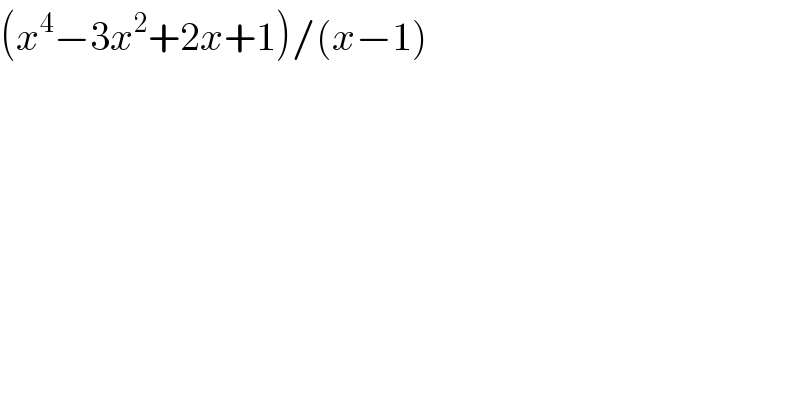
Commented by Askash last updated on 26/May/19

Commented by maxmathsup by imad last updated on 26/May/19
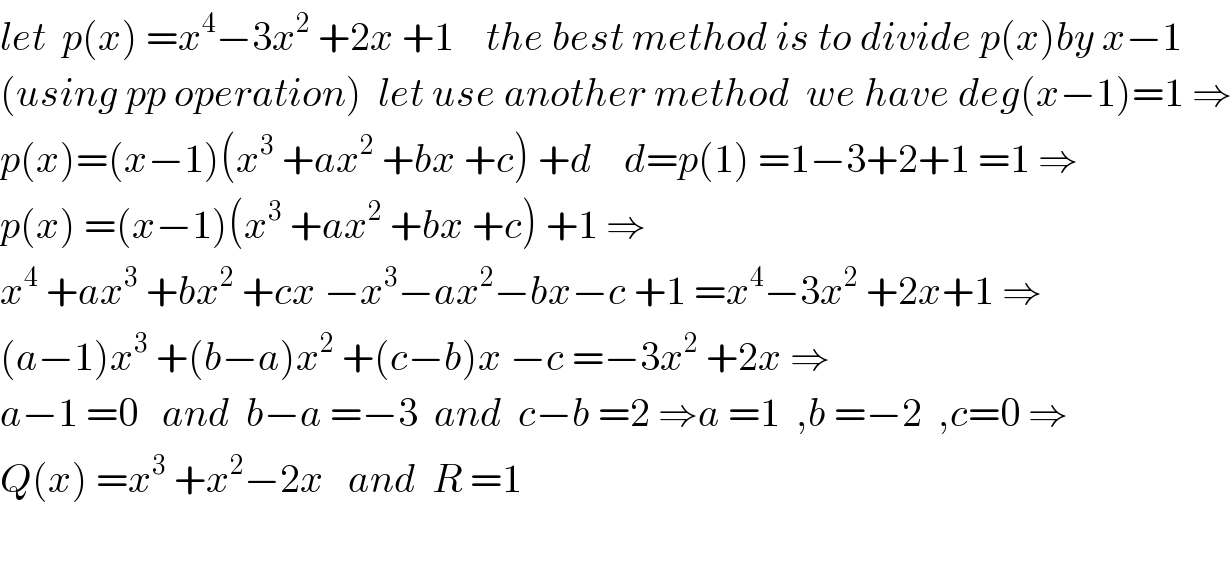
Commented by Tawa1 last updated on 26/May/19
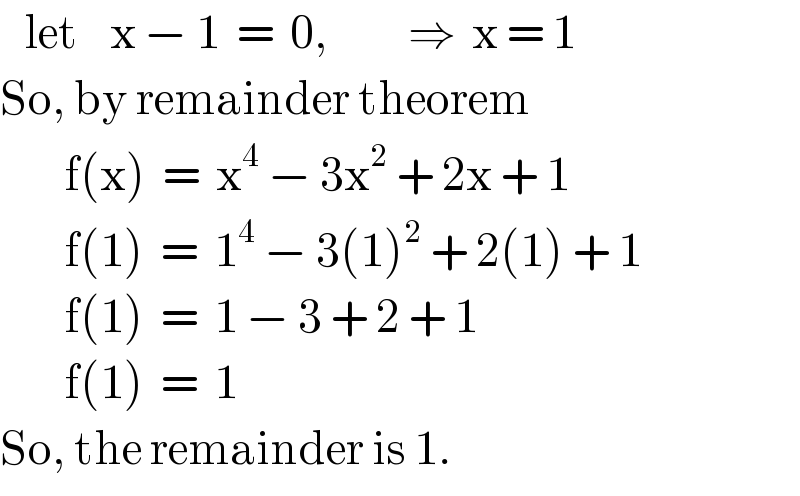
Commented by Askash last updated on 26/May/19

Answered by ajfour last updated on 26/May/19
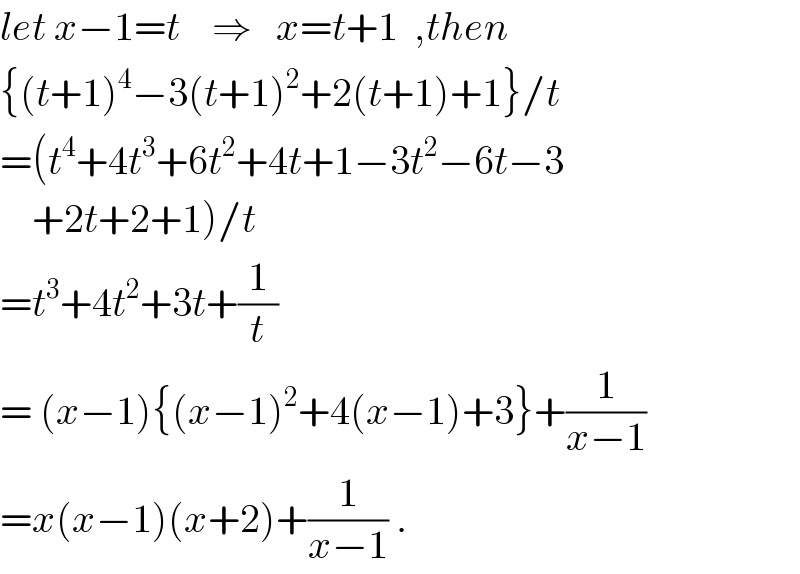
Answered by Rasheed.Sindhi last updated on 26/May/19
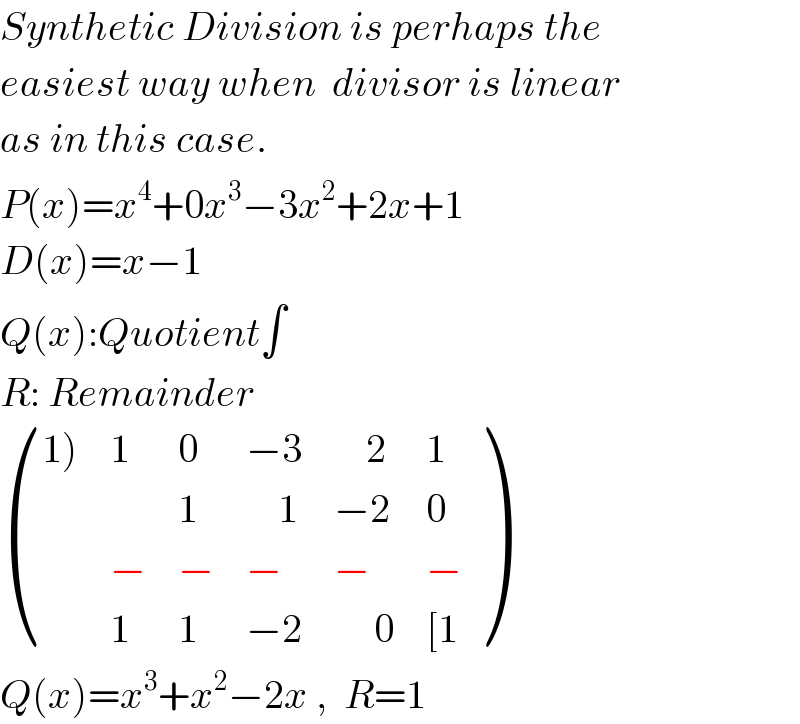
Commented by malwaan last updated on 26/May/19

Commented by Rasheed.Sindhi last updated on 27/May/19

Commented by Rasheed.Sindhi last updated on 27/May/19

